I was such a big fan of Bravo’s show Queer Eye for the Straight Guy when it started in 2003 that I wrote a commentary about it, and Dr. Michael Hurd reprinted my piece in his Living Resources Newsletter. Beginning in early October, Bravo will air the show's 10 final new episodes, and som I'm reposing my original commentary here.
By Joseph Kellard
January 16, 2004
Bravo’s “Queer Eye for the Straight Guy” features five homosexual men who makeover heterosexual guys. The show is popular, however, not primarily because of its gay-straight dynamic, but because it promotes an important value rarely practiced today.
In each episode the “Fab Five” visit their subject at his home and upgrade his choices in clothing, grooming, interior design, dining and culture. Before arriving, they go over his bio and discuss his reasons for seeking a makeover. Past subjects have included pack rats, longhaired throwbacks from decades past, inept dancers, the overweight, and an overalls-wearer. Their goals have been to become more independent, to ask a girlfriend to move in, to rekindle a 20-year-plus marriage, and to rejoin the dating scene.
The Fab Five approach each makeover with serious, calculated thought, always mindful of each guy’s individual goals, personality, and manner of living. They share with us their thought processes and methods as they assist their subject in picking the appropriate threads, skin products, furniture, food and wine, or music.
For example, we watch Carson rummage through each guy’s closet and determine he must update his wardrobe and add brighter hues (“colors show confidence,” the fashion expert often states). Carson tailors the new clothesline accordingly, whether his subject is a Marine or a rocker he fits with rugged yet stylish looks, or an already model-like guy who he suggests wears “always elegant” black-and-white attire to propose to his girlfriend.
Thom, the interior designer, learns about how each guy uses his living quarters, and with modern furniture, rugs and paints he creates for him the appropriate space and ambiance. Thom often employs the standard decorating principle that uses colors from a single object, such as a lamp or bedspread, to play off the same tones he paints the walls.
Stylist extraordinaire, Kyan explains the various skin and hair products he expects his subject to use to achieve a cleaner, healthy appearance. He meticulously demonstrates to each guy the manner in which he should groom, explaining, for instance, such shaving principles as stroking slowly and with the grain.
While these experts take serious life’s finer but nonetheless important details, they are incredibly humorous (though sometimes sophomoric), witty and upbeat as they go about their business. They thereby send the message that, far from being a burden, remaking oneself and maintaining the new look can and should be enjoyable, uplifting and self-fulfilling.
The Fab Five often note the confidence that the makeovers give their subjects. But this confidence reflects a deeper self-esteem that originally sparked each guy’s desire for self-improvement. And such factors tie into what makes QE a hit.
QE’s makeovers focus, not merely on an individual’s immediate appearance, such as his clothes and hair, but on broader, important details, from the furniture he surrounds himself with to the brand of wine he picks for a special dinner. Thus, while the show evokes style, sophistication, elegance, and manners, it above all promotes the idea that it is important to have each aspect of your life reflect your goals, personality and lifestyle. The primary value QE promotes is that this all-encompassing integration leads to a better, improved person who assumes a positive, confident approach toward his life.
As Carson says in a tip he offers at the end of one episode, “Travel with luggage that represents your lifestyle. That way, everything that says ‘you’ from head to toe, travels in something that says you.”
Unfortunately, both critics and fans of QE emphasize instead its gay-straight dynamic. Some critics crow that it promotes “stereotypes” of homosexuals --that all that gays think about is mousse and Gucci wears. The Fab Five, however, are intelligent sophisticates who project no such superficiality. This fact, in part, prompts some QE fans to see the show mainly as a vehicle to make Americans more “tolerant” of gays.
While the gay-straight dynamic does lend an interesting, sometimes thought-provoking social element to the show, QE is essentially about aesthetically-minded men with an eye for transforming an individual into a more complete, integrated person for his betterment.
Encouragingly, an appreciation for these high-minded values, too rare in America today, is the silent motor driving this show’s success. QE embodies a manner of broader, integrated thinking about one’s life that many individuals -- gays and straights, women and men alike -- fail to adopt, yet know it would benefit them greatly.
Please post a comment about this article. For private comments, email Joseph Kellard at Theainet1@optonline.net.
Copyright © 2007 Joseph Kellard
Thursday, September 27, 2007
Subscribe to:
Post Comments (Atom)

























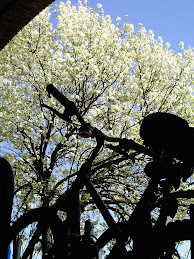



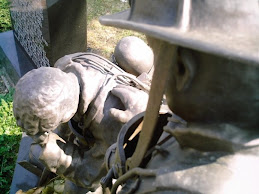
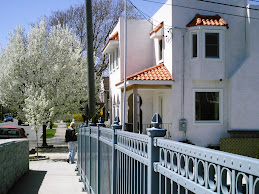
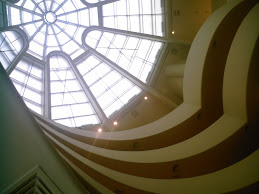+-+June+2009.jpg)


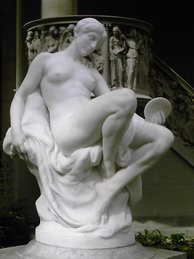


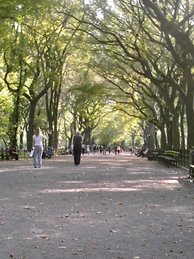


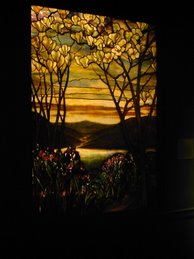


No comments:
Post a Comment